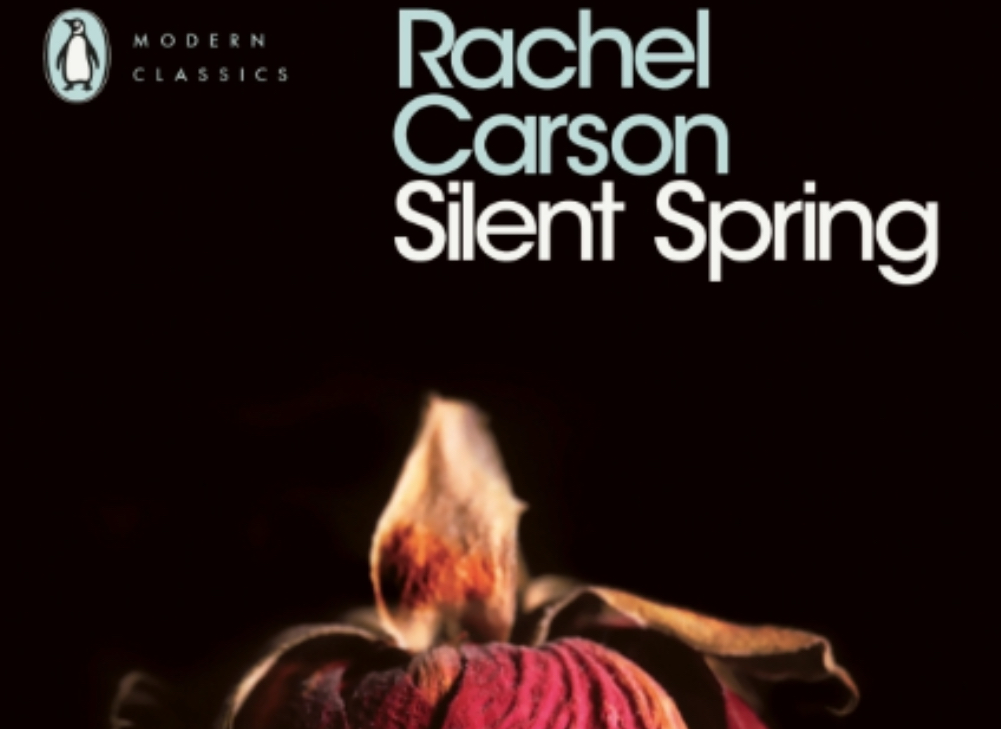Rachel Carson’s groundbreaking 1962 book, “Silent Spring,” was a pivotal work that not only transformed the way we perceive our relationship with the environment but also revolutionized the understanding of the detrimental effects of synthetic pesticides. Inspired by the haunting imagery from John Keats’ poem “La Belle Dame sans Merci,” Carson’s exposé brought about a seismic shift in public perception and paved the way for stronger regulations on pesticides.
Unveiling the Hidden Dangers
Carson’s scientific training and research-driven approach laid the foundation for a comprehensive examination of the impact of pesticides on the environment. She delved deep into existing literature, attended regulatory hearings, and engaged with experts across disciplines to uncover the far-reaching consequences of unchecked pesticide usage. Through her extensive research, Carson exposed the dangers these chemicals posed to ecosystems and human health, bringing these concerns to the forefront of public consciousness.
Impression
The publication of “Silent Spring” resulted in a profound shift in environmental discourse, as the public became aware of the harmful effects of synthetic pesticides. It led to a widespread ban on DDT and inspired the establishment of the U.S. Environmental Protection Agency (EPA) in 1970, as well as the Clean Air Act and the Endangered Species Act in the years following. Carson’s work remains relevant today, as it highlights the importance of responsible stewardship of the environment and the interconnectedness of ecosystems.
Honors and Recognition
“Silent Spring” has been celebrated as one of the most influential books of all time, finding a spot on Discover magazine’s list of the 25 greatest science books. Carson’s dedicated research, compelling prose, and unwavering determination have been praised for sparking an environmental movement that continues to shape the world today.
No comments yet.








